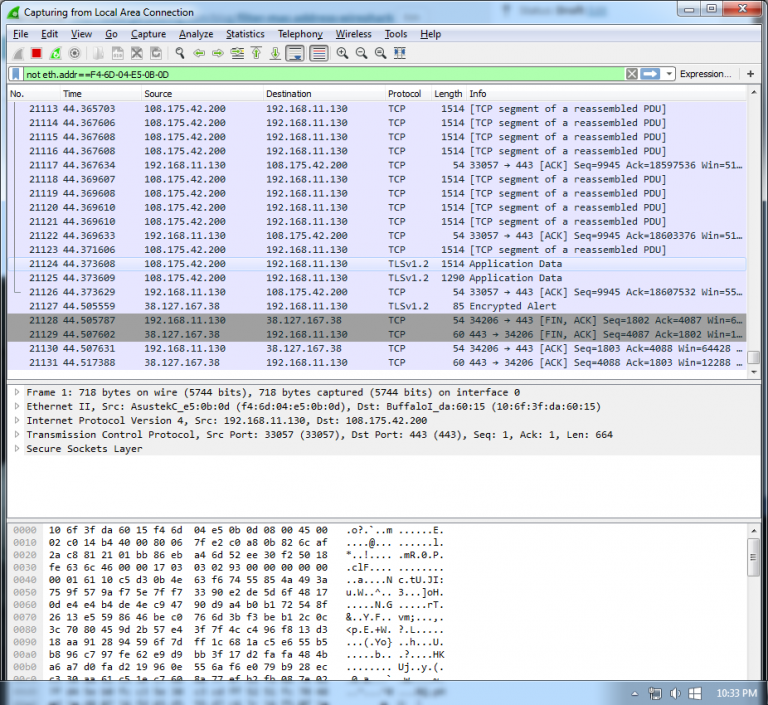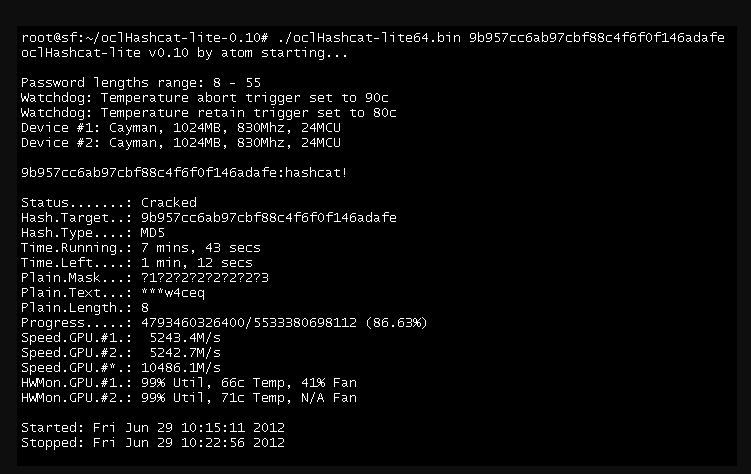

- #Wireshark command line for mac mac os#
- #Wireshark command line for mac android#
- #Wireshark command line for mac download#
- #Wireshark command line for mac windows#
Also, check in /usr/local/bin for new stuff, like this ls -lrt /usr/local/bin - new stuff at bottom of list. Share the PCAP file along with its corresponding sslkey.log file to the intended recipient. Try hash -r to have your shell rehash the newly available commands.There is currently no way to export the decrypted packet captures from Wireshark in PCAP format, however, there are three options: Palo Alto Networks does not support any third-party operating systems. Note2: This article is written for informational purposes only.
#Wireshark command line for mac mac os#
Note1: The steps may change when MAC OS or Chrome gets updated. (Optional) Follow the HTTP Stream to visualize the decrypted contents. The decrypted packet capture is displayed in Wireshark.ġ0. Under (Pre)-Master-Secret log filename, select the sslkey.log file created in Step 5, and click on OK.ĩ. Check in Wireshark to confirm that the activity was properly collected, and stop the capture.Ĩ.
#Wireshark command line for mac download#
In our example we download the malware test file from the EICAR secure site.ħ. Browse to the website or web application that is being tested and run all actions that need to be captured.

The expected output if the file is properly created will be:Ħ. Use the terminal to verify that the sslkey.log file is created. (The environment variable is set only for that specific Terminal session).ĥ. ciscodump - Provide interfaces to capture from a remote Cisco device through SSH.

#Wireshark command line for mac android#
androiddump - Provide interfaces to capture from Android devices.
#Wireshark command line for mac windows#
They are available via the man command on UNIX / POSIX systems and HTML files via the 'Start' menu on Windows systems. Launch Chrome or Firefox using the terminal window that was used to set the environmental variable in step 2. The following man pages are part of the Wireshark distribution. Launch Wireshark, and start the packet capture.Ĥ. Open a Terminal window and set the SSLKEYLOGFILE environment variable using the following command.Įxport SSLKEYLOGFILE="/Users/$USER/sslkey.log"ģ. Make sure all instances are closed by using the Force Quit option (right click in the web browser's icon down in the Applications Dock, hold down the Option key, and select Force Quit).Ģ. SSL/TLS sessions using RSA, DHE or ECDHE key-exchange algorithms.ġ. The fields from left to right in the command line output are: Packet number, Time, Source, Destination, Protocol, Length, Info 35, 29.947879, 192.168.0.55, 192.168.0.91, HTTP, 423, HTTP/1.1 200 OK.Chrome 85 or newer, or Firefox 81 or newer.Now all the captures will open in new instances each time.Capture SSL session keys from encrypted web-browsing or other web application traffic in Chrome or Firefox and use it to decrypt packet captures in Wireshark. You can start Wireshark from the command line, but it can also be started from most Window managers as well. Under the “Open with:” section select the application that you just made and click the button “Change All…” so that all files with that extension will use your application. Now find a capture file and right click on it and select “Get Info”. Save the application and throw it wherever you want. Input should be passed as arguments and the shell should be bash. This will open a new instance (-n) of an application (-a) which the application is Wireshark.app and the file that will be opened is the first argument passed into this application, which in this case will be the file that you click on. WireShark is a graphical tool built with libpcap, the same library that tcpdump is built on, and is available on Linux, Mac OS X, and Windows. Open -n -a /Applications/Wireshark.app/ “$1” Search for the flow “Run Shell Script” and add the following for that script. Choose “Application” for the document type. Launch “Automator” and click “New Document”. We will use automator to create an application that acts as a wrapper to open Wireshark in a new instance always. Long story short, and with accidentally creating a script that launches tens of thousands of instances of Wireshark. I want something similar to Windows launch options to add a flag to the binary that is called every time I open a capture file. You can also use the open command to open a file, which will use the default application to open the file if one is set. I want to click on a capture and then another and have both captures appear on my screen. The problem with the above is that you have to launch it from the command line and then load the capture file. n Open a new instance of the application(s) even if one is already running. You can use the “open” command in MacOS to open multiple instances with the “-n” flag. This makes it super annoying to try to compare two different captures at the same time. Wireshark however will close the existing packet capture you have open and open the next capture. Mac likes to use one instance of an application and open multiple documents with a single instance.


 0 kommentar(er)
0 kommentar(er)
